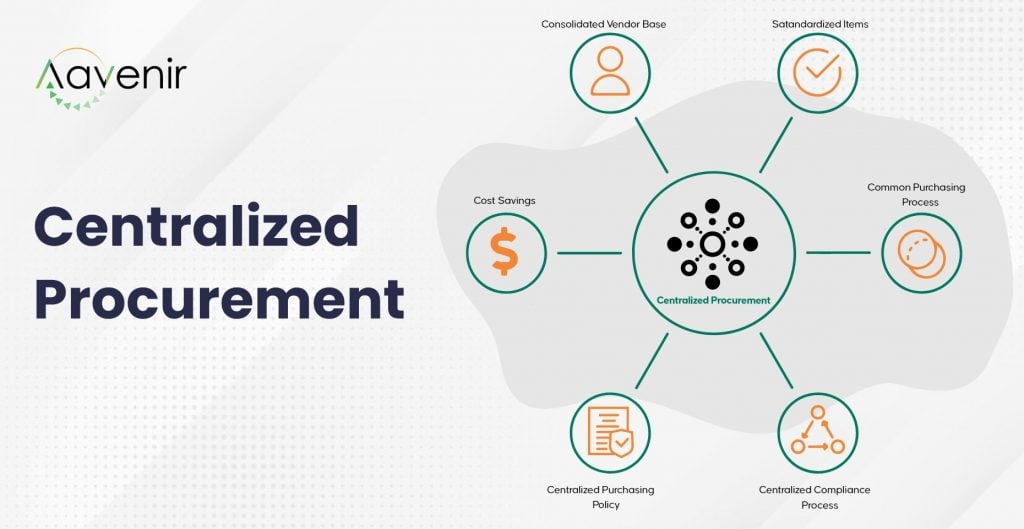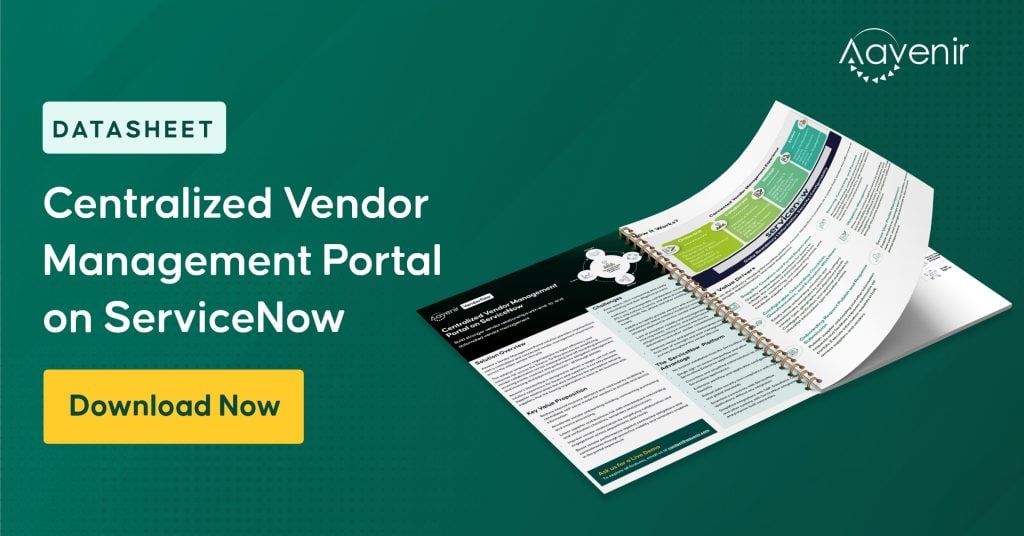What is Centralized Procurement? – Definition
A system in which one department oversees the acquisition of goods and services for the entire organization is known as centralized procurement or purchasing. The purchasing department is normally located in the organization’s headquarters, where it manages all of its purchasing. This department is led by a purchasing manager who supervises and tracks the materials that must be purchased and their quantities. Centralized procurement is ideal for businesses that are not too geographically distributed.

In simpler terms, centralized procurement is the acquisition of all necessary goods and services by a single department for all of the company’s branches. In most cases, the department is led by a purchasing manager.
Advantages of Centralized Procurement
Centralized purchasing allows firms to save money, operate more efficiently across the enterprise, and promote employee collaboration. Let’s take a closer look at some of the benefits of centralized purchasing:
Significant reduction in overhead expenses
There is no need to hire multiple purchasing managers for each site or department with centralized purchasing. Eliminating these redundant staff roles saves the significant expenditures that come with each one. For example, if each department were responsible for its purchases, it would need more facilities, equipment, utility deposits, insurance policies, and overall investment. However, centralized purchasing eliminates these requirements, drastically lowering overhead costs.
Increased visibility and control
Purchasing teams can perform comprehensive spend analysis with an overview of the entire organization’s finances. With vast amounts of data at their disposal, central purchasing teams can monitor how funds are spent, consolidate purchase records that would otherwise be scattered across multiple locations, track where supplies are going and who is placing orders, and identify cost-cutting opportunities from a single location. This also aids in streamlining inventory and order management operations, as well as the optimization of inventory levels.
Enhanced purchasing power and cost savings
Companies can achieve higher cost savings with centralized purchasing since they have the information to assess the company’s needs and acquire materials in bulk. Duplicate orders and erratic spending can be reduced by minimizing spending by individual employees.
Central purchasing teams might use their data on order history and competing suppliers to identify the best pricing and negotiate volume-based deals. Consolidated purchasing results in larger orders, resulting in higher discounts, reduced delivery rates, and more efficient use of staff time and storage space.
Cultivates strong supplier relationships
Successful centralized purchasing teams generate meaningful supplier relationships as a by-product. Employees in these teams learn how to create and nurture supplier relationships and how to communicate effectively. Suppliers profit from the relationship by acquiring a better understanding of the company’s business requirements and a fixed point of contact for quickly addressing concerns. This results in on-time deliveries, fewer shortages, higher-quality items, lower transportation costs, and significant cost savings.
Efficient teamwork and collaboration
Specialized purchasing teams are more efficient than distributed purchasing teams and benefit from better communication and more clearly defined roles. The purchase process is optimized because these teams work under established standards and guidelines for procurement, business development, and vendor relationships. It also ensures that the materials’ standard quality is maintained and increases spending accountability and transparency.
Conclusion
As you can see, centralized procurement is an excellent choice for large firms that are not too geographically spread. Therefore, when making your selection, keep in mind the distance between the production centers and the central warehouse, as well as the type of materials used and transportation costs.
Explore Additional Resources To Know More





